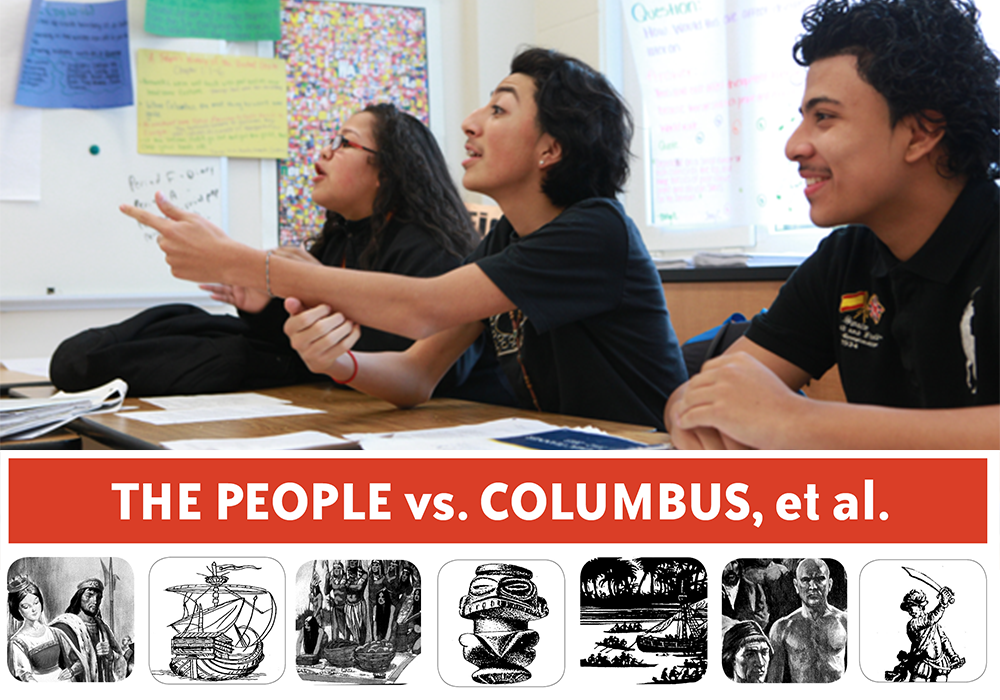The Christopher Columbus trial is a phenomenal lesson to use with students. First, it forces them to think about the construct of our globalized world in a new and critical manner. Americans are bred upon the unchallenged idea of superiority and equality, and it is troubling for them to have to see that the true pillars of trade, colonization, exploration, and expansion are instead rooted in forced inferiority and exploitation. This lesson further challenges students to give up the stereotypes and nostalgia surrounding Native Americans (in this case on Hispaniola) and see them as people who had functioning societies and belief systems. The most powerful aspect of the lesson, however, is the way it forces students to research, utilize primary resources, think in a debate-like manner, and justify their positions with evidence.
One of my students returned to visit me last month to inform me that because of partaking in this lesson last year, he joined an online group advocating the end of Columbus Day. I was impressed to have a 10th grade student not only take a firm stand on something, but actually take action to incite change. Another of my students said that this “was the best lesson I ever learned because it helped me believe that there is ‘real’ history I can learn from.”







Twitter
Google plus
LinkedIn